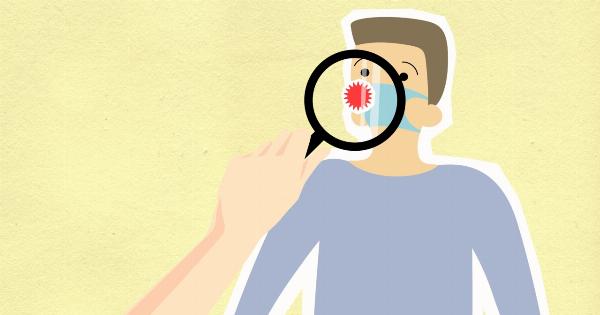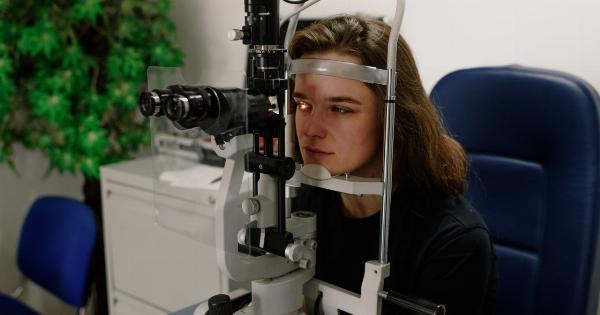Alcohol is one of the most commonly used substances in the world. People consume alcohol for various reasons ranging from socialization to stress relief. In moderation, alcohol consumption is generally safe for most people.
However, excessive consumption of alcohol can have serious negative effects on the body, including breathing. In this article, we explore how alcohol affects breathing and the consequences of excessive alcohol consumption on respiratory function.
How Alcohol Affects Breathing
Alcohol is a depressant, which means it slows down the central nervous system and decreases brain activity. The consumption of alcohol affects every part of the body, including the respiratory system.
When alcohol is consumed, it enters the bloodstream through the stomach and is distributed throughout the body. As alcohol reaches the brain, it affects the part of the brain that controls breathing, which can lead to an irregular and often dangerous breathing pattern.
Alcohol causes the muscles in the respiratory system to relax, including the muscles in your throat and tongue. This can lead to obstruction of the airways and cause snoring and sleep apnea.
Sleep apnea is a dangerous disorder that occurs when a person stops breathing for short periods during sleep. If left untreated, sleep apnea can lead to high blood pressure, heart disease, and other serious health problems.
Excessive consumption of alcohol can also lead to a condition known as respiratory depression.
Respiratory depression occurs when breathing becomes slowed or shallow, and in severe cases, can lead to respiratory arrest, a condition where the breathing completely stops. This can lead to hypoxia, a condition where the body does not get enough oxygen, and can cause brain damage, coma, and in severe cases, death.
The Consequences of Excessive Alcohol Consumption on Respiratory Function
Excessive alcohol consumption can have serious consequences on respiratory function. Chronic heavy drinking can lead to lung damage, including lung infections, pneumonia, and acute respiratory distress syndrome (ARDS).
ARDS is a severe lung condition that occurs when fluid builds up in the lungs, making breathing difficult. This condition can be life-threatening, and in severe cases, requires mechanical ventilation.
Long-term alcohol abuse can also lead to a condition known as alcoholic lung disease. Alcoholic lung disease is a broad term that includes a range of pulmonary conditions caused by excessive alcohol consumption.
These conditions include chronic bronchitis, emphysema, and pulmonary fibrosis. Chronic bronchitis is a condition where the bronchial tubes become inflamed and produce excess mucus, leading to shortness of breath and a persistent cough.
Emphysema is a condition where the air sacs in the lungs become damaged, making breathing difficult. Pulmonary fibrosis is a condition where the lung tissue becomes scarred, making breathing difficult.
Conclusion
Alcohol consumption can affect every part of the body, including the respiratory system. In moderate amounts, alcohol is generally safe for most people.
However, excessive alcohol consumption can have serious negative effects on respiratory function, leading to conditions such as sleep apnea, respiratory depression, ARDS, and alcoholic lung disease. To avoid these negative effects, it is important to consume alcohol in moderation, or avoid it altogether if you have a history of respiratory problems.





























